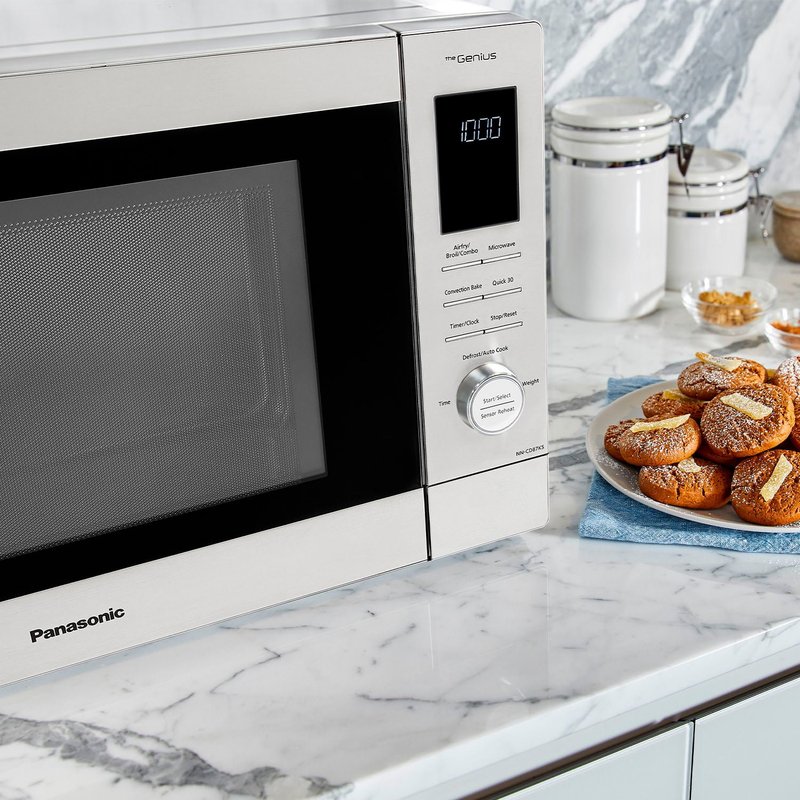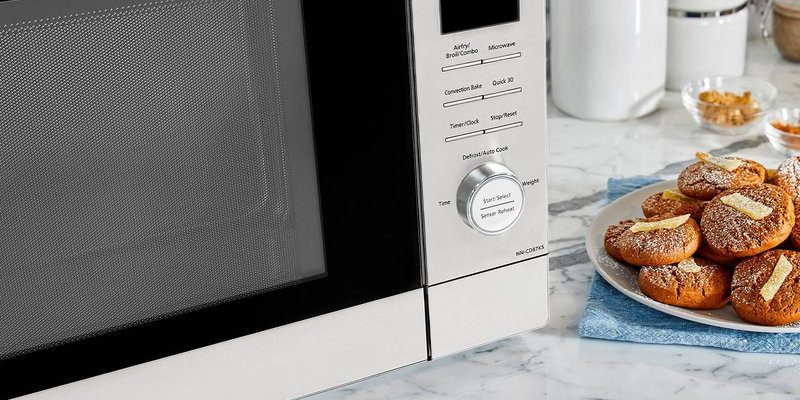
In simple terms, the “OE” error usually relates to a problem with the microwave’s inverter, a component essential for controlling the power level and allowing your microwave to heat food efficiently. Think of it as the conductor of an orchestra, ensuring each instrument plays at just the right volume. When the inverter acts up, it can cause your microwave to either heat unevenly or not at all. The good news is, with some basic knowledge and maintenance tips, you can keep this error at bay and enjoy a seamlessly functioning microwave.
Understanding the “OE” Error Code
Let’s dive a bit deeper into what the “OE” error code means. In the world of Panasonic microwaves, this code is often an alert that the inverter circuit is malfunctioning. The inverter essentially controls the power levels your microwave uses to cook or reheat your meals. If it’s not working properly, the microwave either won’t heat your food evenly, or worse, may stop working altogether.
Imagine your microwave’s inverter as a dimmer switch for lights. Just as a dimmer can adjust the brightness of a light bulb, the inverter adjusts how much power the microwave is using to heat your food. If the dimmer switch is broken, the light might flicker or not turn on at all. The “OE” error is like your microwave saying, “I can’t adjust the power correctly.” It’s crucial to address this issue because a malfunctioning inverter can lead to other problems, like uneven cooking or even damaging the microwave over time.
Now, you might be wondering, what causes this inverter to malfunction in the first place? Several factors could be at play here, ranging from simple wear and tear over time, especially if you use your microwave frequently, to electrical surges that may have disrupted the circuitry. Understanding these causes can help you take preventative measures, which we’ll discuss in the next section.
Common Causes of “OE” Error Code
So, what typically triggers the “OE” error? One common cause is, quite simply, the age of the microwave. Like all appliances, microwaves have a lifespan, and with constant use, components start to wear out. The inverter could deteriorate, struggling to maintain the necessary power levels, much like a car battery losing its charge over time.
Another potential culprit is electrical issues, such as power surges. If your home experiences frequent electrical surges, the delicate circuitry within the microwave, including the inverter, can be compromised. It’s similar to a laptop battery being affected by constant plugging and unplugging which eventually takes a toll on its performance.
Additionally, moisture accumulation can also lead to problems. If moisture gets into the internal components, it might cause the electrical parts to short out, leading to errors like “OE”. Ensuring your microwave is placed in a dry, well-ventilated area and avoiding leaving it open in a steamy kitchen can help mitigate this risk. At the end of the day, identifying and understanding the root cause is half the battle won in preventing future issues.
Preventative Tips to Avoid “OE” Error
Now that you’ve got an idea of what can cause the “OE” error, let’s look at how to keep those issues at bay. Firstly, regular maintenance is your best friend. Just like you’d take your car in for a tune-up, it’s wise to have your microwave checked every now and then, especially if it’s older. This can help catch any potential problems before they become larger issues.
Ensure you use a surge protector. If your area is prone to power fluctuations, a surge protector can be a lifesaver for all your electronics. It’s like giving your microwave a helmet to protect it against electrical bumps and bruises. Additionally, keeping the microwave clean, both inside and out, helps prevent moisture and debris from affecting its components.
As a final tip, pay attention to the location of your microwave. Ensure it’s placed away from areas where steam or heat could affect it, like directly next to the stove. A little foresight goes a long way in keeping your microwave in top-notch condition.
When to Call a Professional
Okay, you’ve tried the preventative measures, but what happens if you still see the dreaded “OE” code? At this point, it might be time to call in a professional. Some issues, especially those involving the internal electronics of the microwave, are best left to those who are trained in the field. It’s similar to hiring a mechanic for car repairs; they have the tools and expertise to get things fixed safely and efficiently.
When choosing a technician, look for someone experienced with Panasonic microwaves or who comes highly recommended based on reviews. You wouldn’t want just anyone poking around inside there! Make sure they provide a clear explanation of the issues and a quote before starting any repairs.
Even if the problem seems minor, it’s worth getting professional advice. Attempting to fix internal components yourself can be dangerous due to the high voltages involved. Safety should always come first. Remember, a little investment now in professional service can prevent bigger headaches down the line.
There you have it, a comprehensive look at how you can prevent and deal with the Panasonic microwave error code “OE” in the future. By understanding what this error means, identifying its causes, and implementing preventative measures, you can keep your microwave running like a well-oiled machine.
Remember, regular maintenance and strategic placement, along with using a surge protector, can significantly reduce the chances of encountering this issue. But if the error persists, don’t hesitate to reach out to a professional. With these tips at your disposal, you’ll be well-equipped to handle any microwave hiccups that come your way, keeping your kitchen adventures on track and stress-free.
